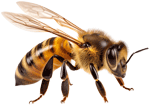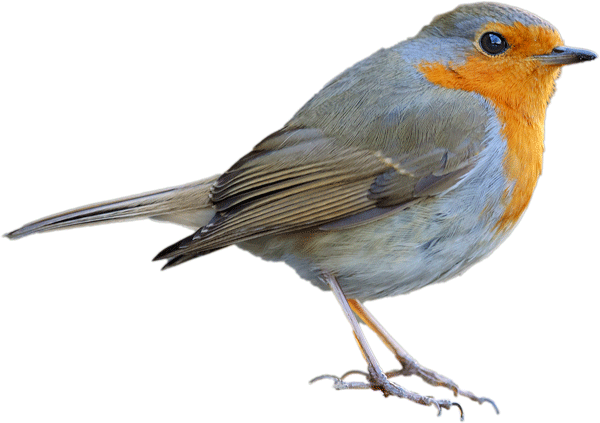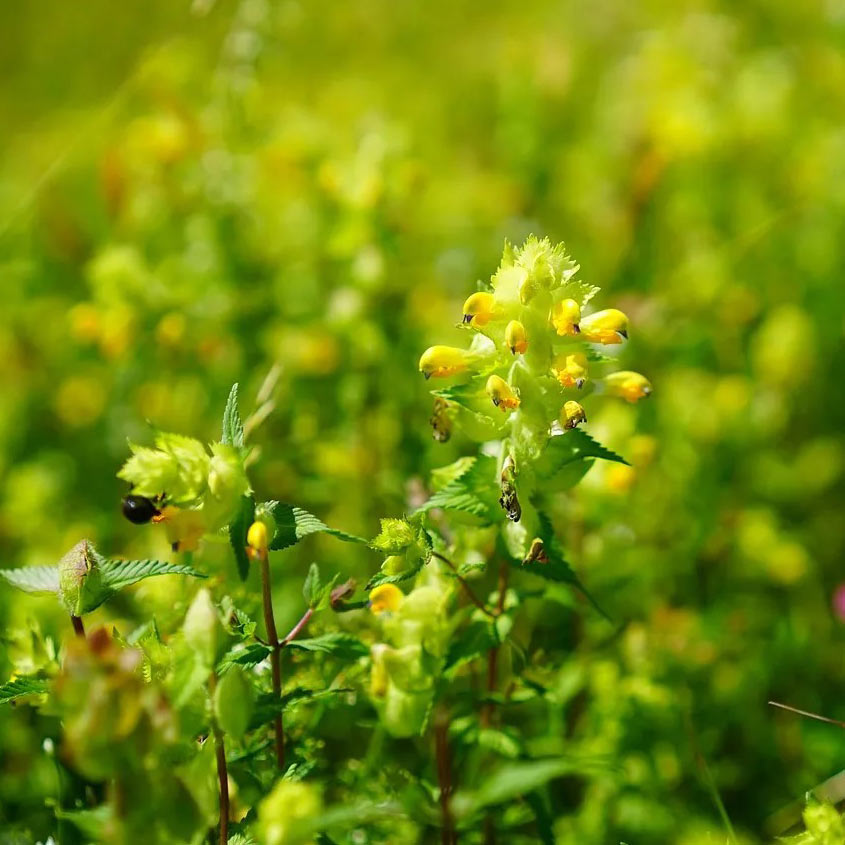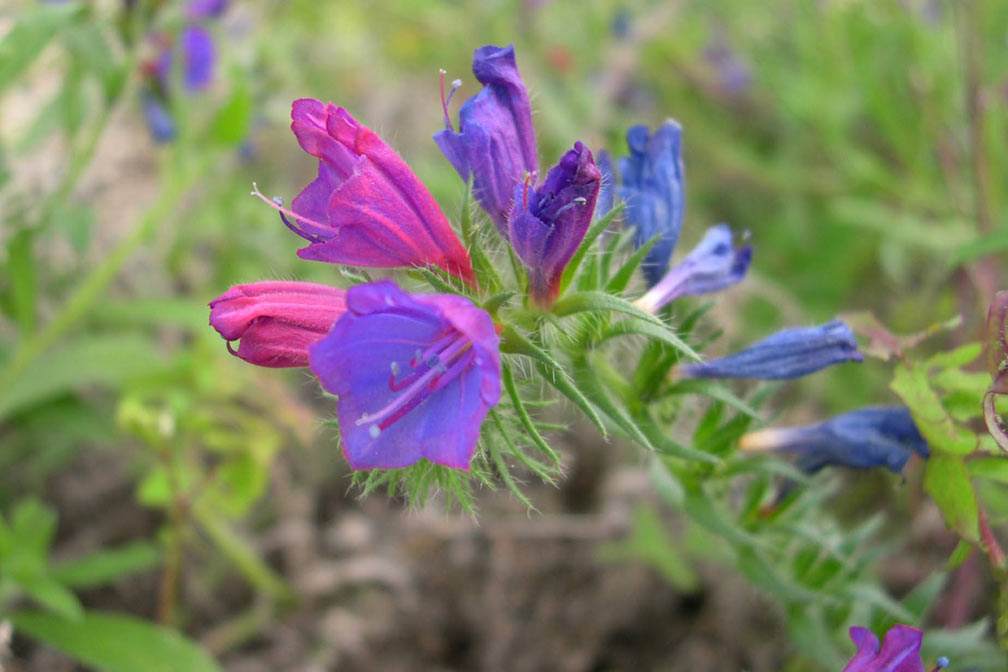




St Laurence's Church Yard is the heart of the Parish of Appleton with Eaton. Many people worship in the church, have relatives buried here,
commemorated here, and many people simply find the space a peaceful and beautiful sanctuary.
It is also a very important refuge for wildlife in the centre of the village, with its ancient trees, stonewalls and uncut areas.
It is a sanctuary for many of God's creatures.
Today, the community is restoring it for nature, as part of the Green Appleton initiative and with the agreement of the PCC.
The plan is to encourage more wildflowers to grow in the older area of the churchyard (The South side towards the Manor). The idea is to
make these areas more beautiful as well as creating a habitat for the creatures that live there.


In the long-term, restoring the area for wildflowers will create a beautiful space with greatly reduced management,
enabling the volunteers who are currently involved with this project to simply focus on mowing paths.
Wildflower areas grow slowly so they only require cutting once (or twice) a year. However, for this reduced maintenance
to be successful and for the plants not to get out of hand, very careful preparation is required over two to three years.
In the meantime, the benefits of leaving the long grass:
A preparatory survey of the churchyard was carried out in January 2019 with the help of Wild Oxfordshire to discuss a plan going forward and a more detailed survey was done in April 2019. This survey discovered that there is a huge variety of flora and fauna that use the churchyard and we are interested to see if we can increase the variety over the coming years. A botanical survey of the churchyard has taken place to ensure that all the existing wild flowers were recorded and protected to provide a baseline for recording the recovery of nature over the years.

In order to allow wildflowers to flourish in the existing rough grass, its vigour needs to be reduced by cutting it very close to the ground. This preparation has taken place with volunteers moving and raking the area and preparing seedbeds for the showing of a meadow plant called yellow rattle. Yellow rattle is an annual plant that is semi-parasitic on grass, and through the growing season of 2019 and 2020 we hope that it will have weakened the existing tall grasses, whilst providing a sea of yellow flowers. The yellow rattle will self-seed to maintain the vital role year on year.
If we have done our job properly, the wildflowers will increase in number and diversity thereafter, and provide a beautiful swathe of flowers and grasses for future generations to enjoy. Maintenance will involve only an annual cut in early spring and again in late summer. Nature will take its own time, but we hope that gradually you will be able to see the changes happening. We would be delighted for more of the community to get involved with all aspects of this exciting project.
